2-chloranil

2-chloranil structure
|
Common Name | 2-chloranil | ||
|---|---|---|---|---|
| CAS Number | 2435-53-2 | Molecular Weight | 245.875 | |
| Density | 1.8±0.1 g/cm3 | Boiling Point | 164.7±40.0 °C at 760 mmHg | |
| Molecular Formula | C6Cl4O2 | Melting Point | 126-129 °C(lit.) | |
| MSDS | Chinese USA | Flash Point | 60.3±27.9 °C | |
| Symbol |

GHS07 |
Signal Word | Warning | |
| Name | 3,4,5,6-tetrachlorocyclohexa-3,5-diene-1,2-dione |
|---|---|
| Synonym | More Synonyms |
| Density | 1.8±0.1 g/cm3 |
|---|---|
| Boiling Point | 164.7±40.0 °C at 760 mmHg |
| Melting Point | 126-129 °C(lit.) |
| Molecular Formula | C6Cl4O2 |
| Molecular Weight | 245.875 |
| Flash Point | 60.3±27.9 °C |
| Exact Mass | 243.865234 |
| PSA | 34.14000 |
| LogP | 0.71 |
| Vapour Pressure | 1.9±0.3 mmHg at 25°C |
| Index of Refraction | 1.595 |
| Storage condition | 0-6°C |
| Water Solubility | insoluble |
| Symbol |

GHS07 |
|---|---|
| Signal Word | Warning |
| Hazard Statements | H315-H319-H335 |
| Precautionary Statements | P261-P305 + P351 + P338 |
| Personal Protective Equipment | dust mask type N95 (US);Eyeshields;Gloves |
| Hazard Codes | Xn:Harmful;N:Dangerousfortheenvironment; |
| Risk Phrases | R20;R36/38;R50/53 |
| Safety Phrases | S26-S36-S61-S60-S37-S22 |
| RIDADR | NONH for all modes of transport |
| WGK Germany | 3 |
| HS Code | 29147090 |
| Precursor 10 | |
|---|---|
| DownStream 9 | |
| HS Code | 29147090 |
|---|
|
The chemical profile of pyrrolizidine alkaloids from selected greek endemic boraginaceae plants determined by gas chromatography/mass spectrometry.
J. AOAC Int. 97(5) , 1244-9, (2015) Four Greek endemic Boraginaceae plants, Onosma erecta Sibth. & Sm., Onosma kaheirei Teppner, Onosma leptantha Heldr., and Cynoglossum columnae L. (aerial parts), were screened for their content of pyr... |
|
|
Identification and characterization of novel benzil (diphenylethane-1,2-dione) analogues as inhibitors of mammalian carboxylesterases.
J. Med. Chem. 48 , 2906-15, (2005) Carboxylesterases (CE) are ubiquitous enzymes responsible for the metabolism of xenobiotics. Because the structural and amino acid homology among esterases of different classes, the identification of ... |
|
|
Sequestration of a highly reactive intermediate in an evolving pathway for degradation of pentachlorophenol.
Proc. Natl. Acad. Sci. U. S. A. 110(24) , E2182-90, (2013) Microbes in contaminated environments often evolve new metabolic pathways for detoxification or degradation of pollutants. In some cases, intermediates in newly evolved pathways are more toxic than th... |
| Tetrachloro-o-benzoquinone |
| o-chloroanil |
| EINECS 219-424-4 |
| MFCD00001646 |
| 3,4,5,6-Tetrachlorobenzo-1,2-quinone |
| o-Chloranil |
| TETRACHLORO-O-QUINONE |
| 3,4,5,6-Tetrachlorocyclohexa-3,5-diene-1,2-dione |
| 3,4,5,6-Tetrachloro-o-benzoquinone |
| 3,4,5,6-Tetrachloro-3,5-cyclohexadiene-1,2-dione |
| ortho-chloranil |
| Tetrachloro-1,2-benzoquinone |
| Isochloranil |
| 3,5-Cyclohexadiene-1,2-dione, 3,4,5,6-tetrachloro- |
| 2-chloranil |
| o-Benzoquinone, 3,4,5,6-tetrachloro- |
| 3,4,5,6-Tetrachlorcyclohexa-3,5-dien-1,2-dion |
| 3,4,5,6-Tetrachloro-1,2-benzoquinone |
 CAS#:87-86-5
CAS#:87-86-5 CAS#:1198-55-6
CAS#:1198-55-6 CAS#:7134-09-0
CAS#:7134-09-0![4,5,6,7-tetrachloro-2'-p-tolyl-3'-phenyl-spiro[1,3-benzodioxole-2,4'(3'H)-quinazoline] Structure](https://image.chemsrc.com/caspic/317/77796-31-7.png) CAS#:77796-31-7
CAS#:77796-31-7![4,5,6,7-tetrachloro-2'-p-anisyl-3'-phenyl-spiro[1,3-benzodioxole-2,4'(3'H)-quinazoline] Structure](https://image.chemsrc.com/caspic/279/77796-32-8.png) CAS#:77796-32-8
CAS#:77796-32-8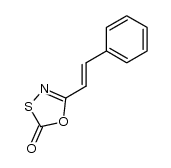 CAS#:329206-42-0
CAS#:329206-42-0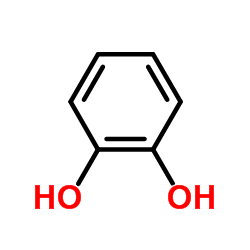 CAS#:120-80-9
CAS#:120-80-9 CAS#:944-61-6
CAS#:944-61-6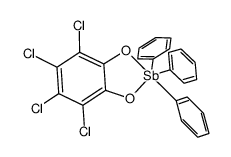 CAS#:86780-29-2
CAS#:86780-29-2![4,5,6,7-tetrachloro-2',3'-diphenyl-spiro[1,3-benzodioxole-2,4'(3'H)-quinazoline] Structure](https://image.chemsrc.com/caspic/355/77796-30-6.png) CAS#:77796-30-6
CAS#:77796-30-6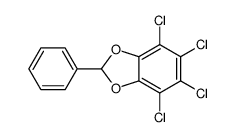 CAS#:91821-49-7
CAS#:91821-49-7 CAS#:620-83-7
CAS#:620-83-7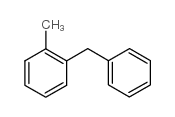 CAS#:713-36-0
CAS#:713-36-0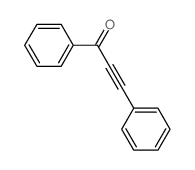 CAS#:7338-94-5
CAS#:7338-94-5 CAS#:21210-43-5
CAS#:21210-43-5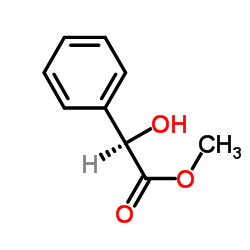 CAS#:20698-91-3
CAS#:20698-91-3 CAS#:87-88-7
CAS#:87-88-7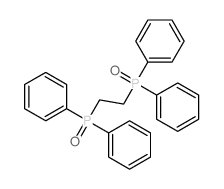 CAS#:4141-50-8
CAS#:4141-50-8